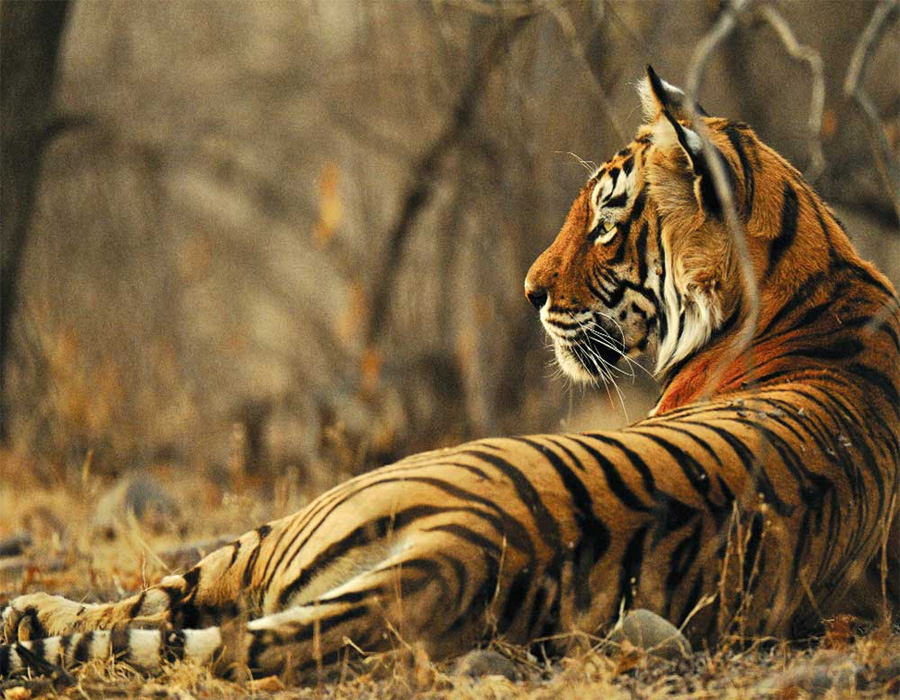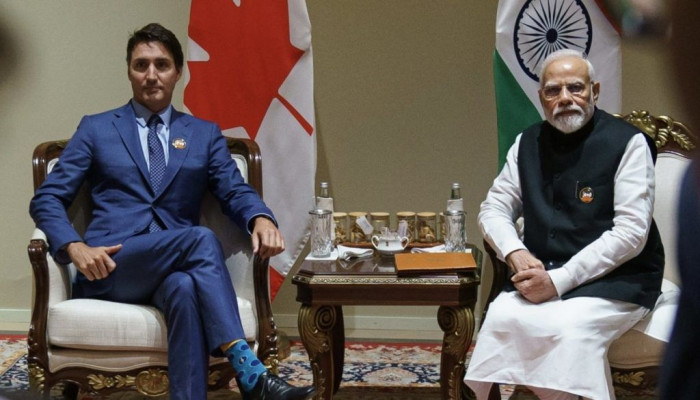The NTCA must oversee the way the Bandhavgarh National Park is being managed and check how the tourism revenue is being distributed in the State
The Bandhavgarh National Park and Tiger Reserve, known for the highest striped cat density per sq km in the country, is one terrain where the chances of sighting the tiger are quite high. Situated in the Umaria district of Madhya Pradesh, the reserve with around 124 tigers is spread over 1,536 sq km. The core area is 716 sq km. It consists of 32 sandstone hillocks, marshy land, water bodies, rocky areas and grasslands, making it an excellent habitat for the diverse plants and animals that can be found here. Bandhavgarh was declared a National Park in 1968 and brought under Project Tiger in 1994. It has three tourist zones in Tala, Maghati and Khitauli where most of the sighting of the tigers and other wildlife occurs. Apart from the tigers, the park has 36 species of mammals, 250 species of birds and 70 species of butterflies. The tiger population in Bandhavgarh started growing only after the Baghel rulers, along with several villages, shifted their capital in 1617 from here to Rewa. The Bandhavgarh forests, however, remained the favourite hunting grounds of Baghel rulers, who, out of superstition and a false sense of pride, used to set the target of killing at least 109 tigers in a year. As a result, Maharaja Gulab Singh shot 83 tigers in 1923 while Maharaja Martand Singh shot 100. Thankfully, despite the extensive hunting, the area continued to support a large tiger population. This speaks volumes about the carrying capacity of the forests which are rich in both prey and predators.
The reserve is important from an archaeological, historical, cultural and religious perspective, too. It is said that Lord Rama made this fort for Laxman while returning to Ayodhya from Sri Lanka. The ancient scriptures Shiv Puran and Narad Panch make references to this fort. There is a temple at the top of a hillock, which the people flock to during Ram Navami and Janmashtami. There are a few caves here where ancient saints are said to have done penance and there are other archaeological monuments, too. There is a Shesh Shaiya near the fort depicting Lord Vishnu on the seven-hooded Shesh Nag.
Sadly, the wildlife map of the park is changing. Earlier it was home to gaurs but all of them died after contracting contagious diseases from cattle. In 2012, as many as 50 gaurs were relocated here from the Kanha National Park. Then, due to food shortage, a herd of 38 elephants entered the park from Chhattisgarh and are breeding here. They are a major management headache for the park as well as the neighbouring villages in the buffer zone. They have been destroying the solar panels and damaging buildings, staff quarters and eating rations, too.
Bandhavgarh needs immediate management intervention at the highest level in terms of infrastructure, manpower and efficiency. The fund position is awful, too, and the staff is facing severe housing, water supply and electricity issues. Six of their vehicles have been junked but the park authorities are not able to replace them. The souvenir shops being managed by private businesses are in a poor shape and the forest rest house is being run as a commercial venture by the staff. There is a shortage of funds released for grassland management by the State Government, even though grasslands are an essential requirement for herbivores. Thankfully some money was released by a few panchayats for the areas falling under their jurisdictions.
Though the Project Tiger authorities have released funds, the State Government has not given its share. Not maintaining the grasslands and negligence in releasing State’s funding is a serious matter and the Chief Wildlife Warden needs to act fast. Otherwise the condition of this park will deteriorate. It is said that the annual revenue from the park is around `8 crore but most of it is not ploughed back into the reserve and is distributed across the State. The Government must stop political interference in allocation and at least 70 per cent of the revenue collected from the park must be returned to the reserve and spent in a structured manner. The State wildlife wing must have a separate management scheme for the tuskers who are now part of this park and take advantage of the Project Elephant. The museum and the interpretation centre are in a pathetic state, too, and need total revamping. The Director is in dual charge and the Ranger and the Sub-Divisional Officer in Tala are under probation. This is not an acceptable situation for any well-managed reserve. The chinks in the park’s management are now visible as two tigers were killed by poachers and villagers. The Wildlife Crime Bureau of the Government of India recently apprehended the killers. This must serve as a wake-up call for the National Tiger Conservation Authority (NTCA). It must step in and put things back on the right track. It needs to monitor the manpower here and address their issues. The NTCA must oversee the way the Bandhavgarh National Park is being run, check how the tourism revenue is being distributed in the State and fix a limit for use outside the reserve. The NTCA needs to act before the wildlife here runs out of time.
(The writer is a retired civil servant)








 OpinionExpress.In
OpinionExpress.In















Comments (0)